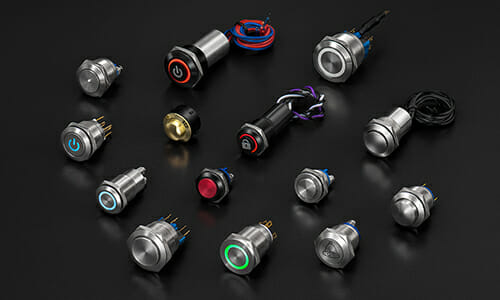
Have you heard of resistive touch switches? While not as popular as capacitive or piezo touch switches, they are still used in many devices. Resistive touch switches use a similar method of operation as resistive touchscreens. They contain two layers, each of which features electrodes, that are separated by air. When you press a button, the top layer will push into the button so that the electrodes may contact. This contact will complete the circuit so that the resistive touch switch registers your command.

Touch switches are found in everything from smartphones and tablets to lamps and machines. The term “touch switch” refers to any type of electrical switch that requires touch to operate. Most touchscreen interfaces feature multiple touches switched embedded within the display. While all touch switches serve the same basic function, there are some subtle nuances between the different types. The three primary types of touch switches include resistive, capacitance and piezo.
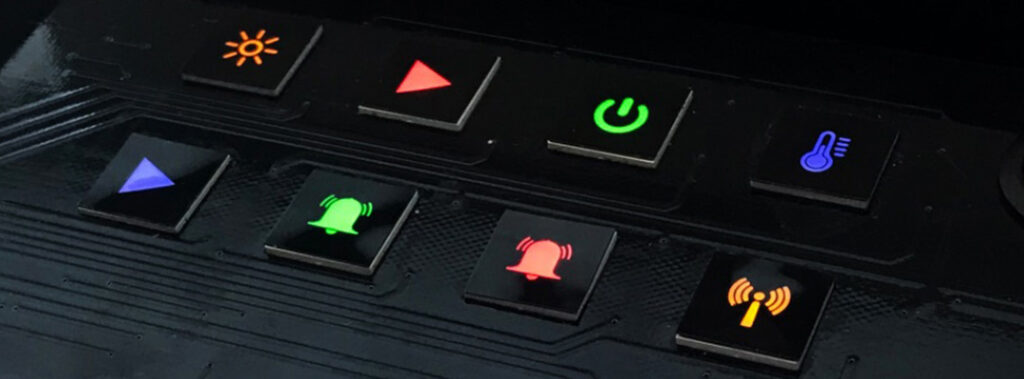
Backlighting is commonly found in capacitive switches. It consists of lighting system that’s able to illuminate the keys or button legends from underneath. If you’re planning to use a capacitive switch in a dark environment — or any environment with poor lighting — you should consider choosing a capacitive switch with backlighting. There are different types of backlighting, however, some of which work better for capacitive switches than others. What’s the best backlighting for a capacitive switch exactly?
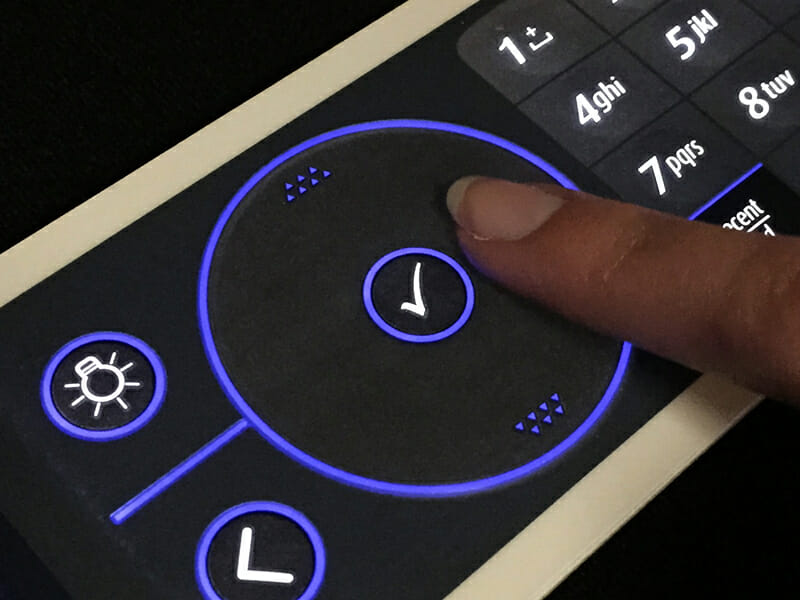
Electrical switches play an integral role in the function of countless electronic devices. From computers and smartphones to lamps, appliance, remote controls and more, many electronic devices feature one or more electrical switches. They are designed to open and close the circuit, thereby controlling the respective device.
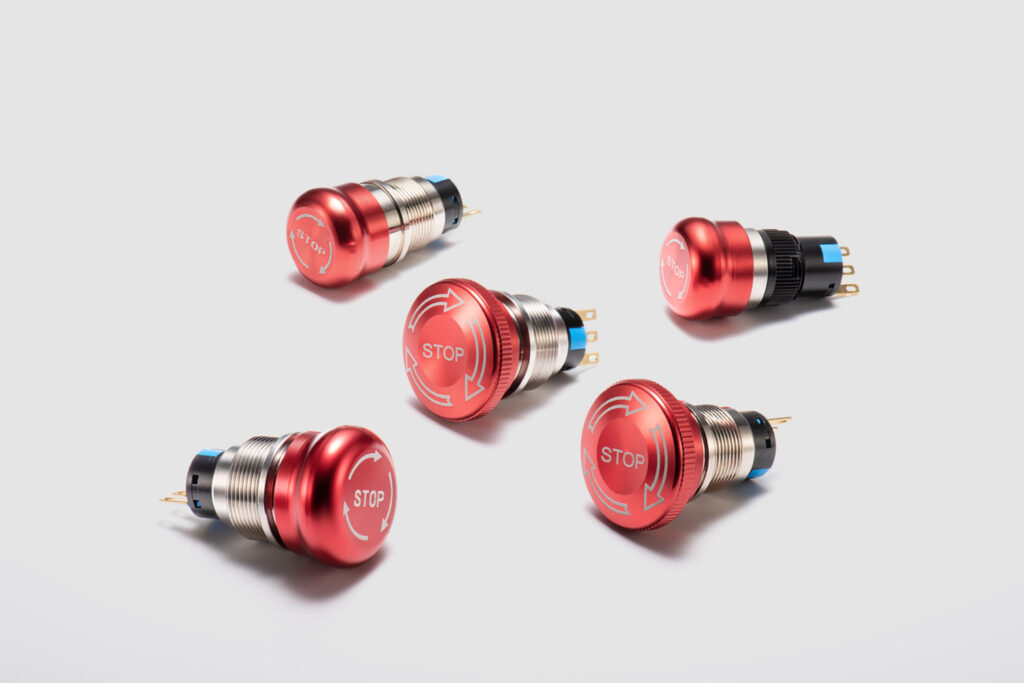
An emergency stop switch, also known as E-stop switch, E stop switch, emergency switch, kill switch, or emergency button, emergency stop push button switch, it is a fail-safe control switch that provides safety for the machinery and for the person using the machinery.

Not all switches use a mechanical method of operation. Some of them use electricity to determine when to open or close a circuit. Known as capacitive switches, they are commonly used in touchpads, proximity sensors and other switch-related applications. Below are five important things you need to know about capacitive switches.

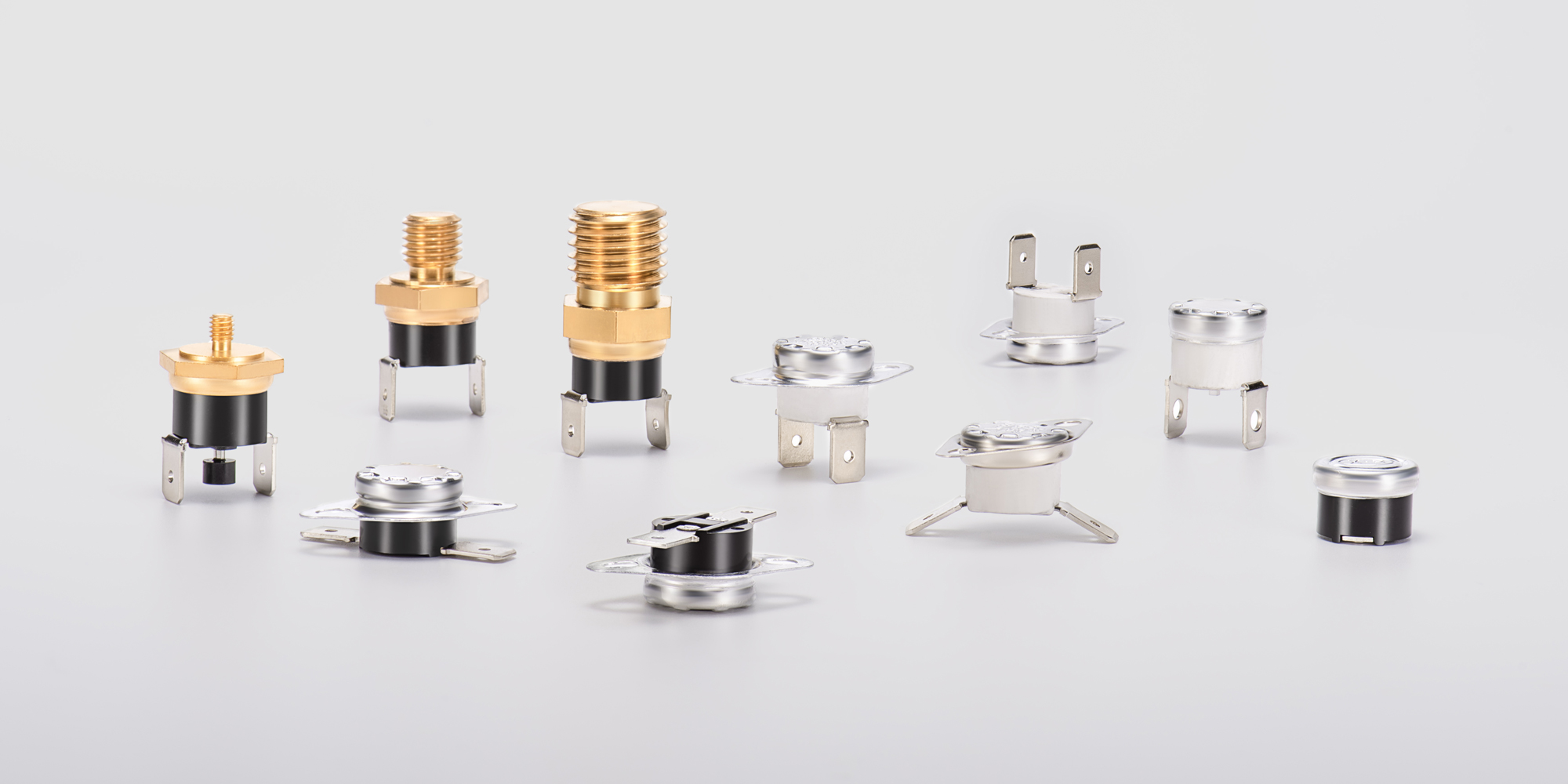
Thermal protection is a method of detecting over-temperature conditions and disconnecting the power to the electronic circuits. The protection prevents fires or damage to electronics components, which may arise due to the excess heat in the power supplies or other equipment.
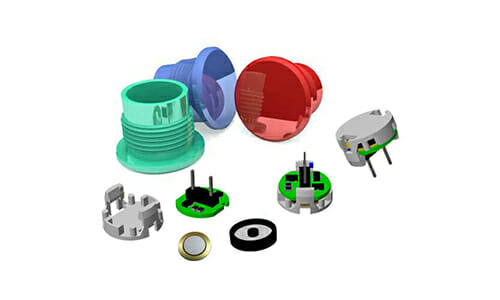
Have you heard of piezo switches? They’ve become one of the most popular types of touch switches on the market. Like all touch switches, piezo switches don’t rely on moving parts to open and close their circuits. Rather, you can control them via touch. What are piezo switches exactly, and how do they work?
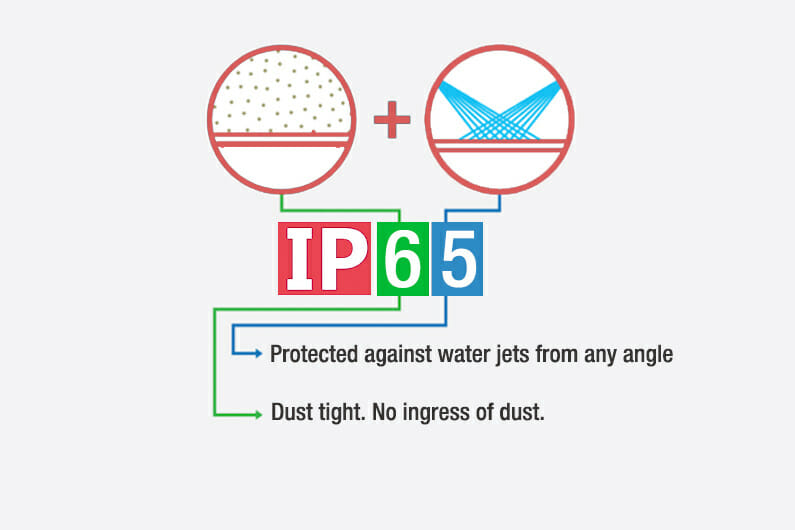
The proof dust tight check the IP Code for switches.
If you have ever wondered whether a switch is waterproof or dust tight, the international protection marking IP code gives you the details you need.
The code tells you that they are just tighten can operate immersed in over one meter of water without any harmful effects.
 EN
EN

